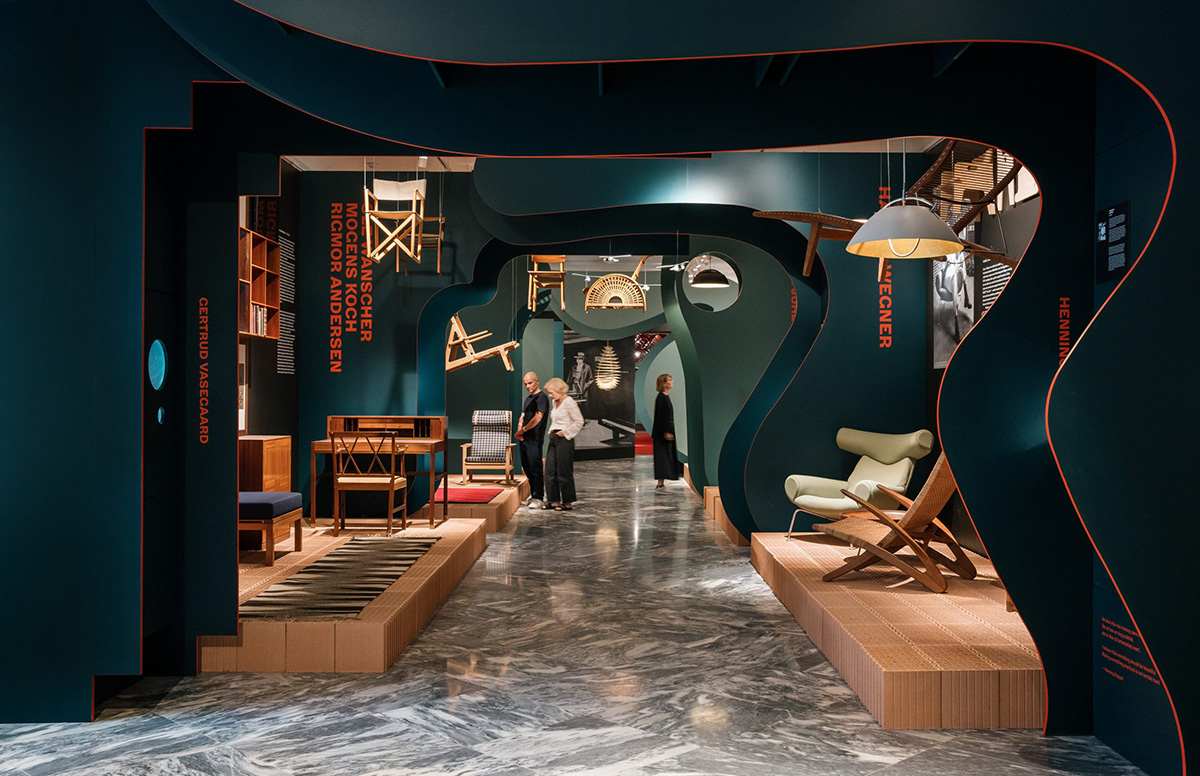Danish Design in the 20th Century
– How Danish Design Became World Famous Danish Modern
June 7, 2024 — June 7, 2029
Danish design is known and loved – both at home and abroad, but what led to its success, which designs are central, and who are the major Danish designers in the 20th century? The exhibition ‘Danish Modern’ unfolds the story of Danish design from the 1920s to the 1970s focusing on the creation of some of the most iconic Danish design objects.
Danish Modern is an era, a style, a national brand. The style emerged in the mid-20th century and quickly became popular in the West. But what lies behind the ideas of Danish Modern? In a new permanent exhibition, the Design Museum Denmark unfolds how Danish designers have methodically worked with design processes and tells the story of the success behind Danish design.
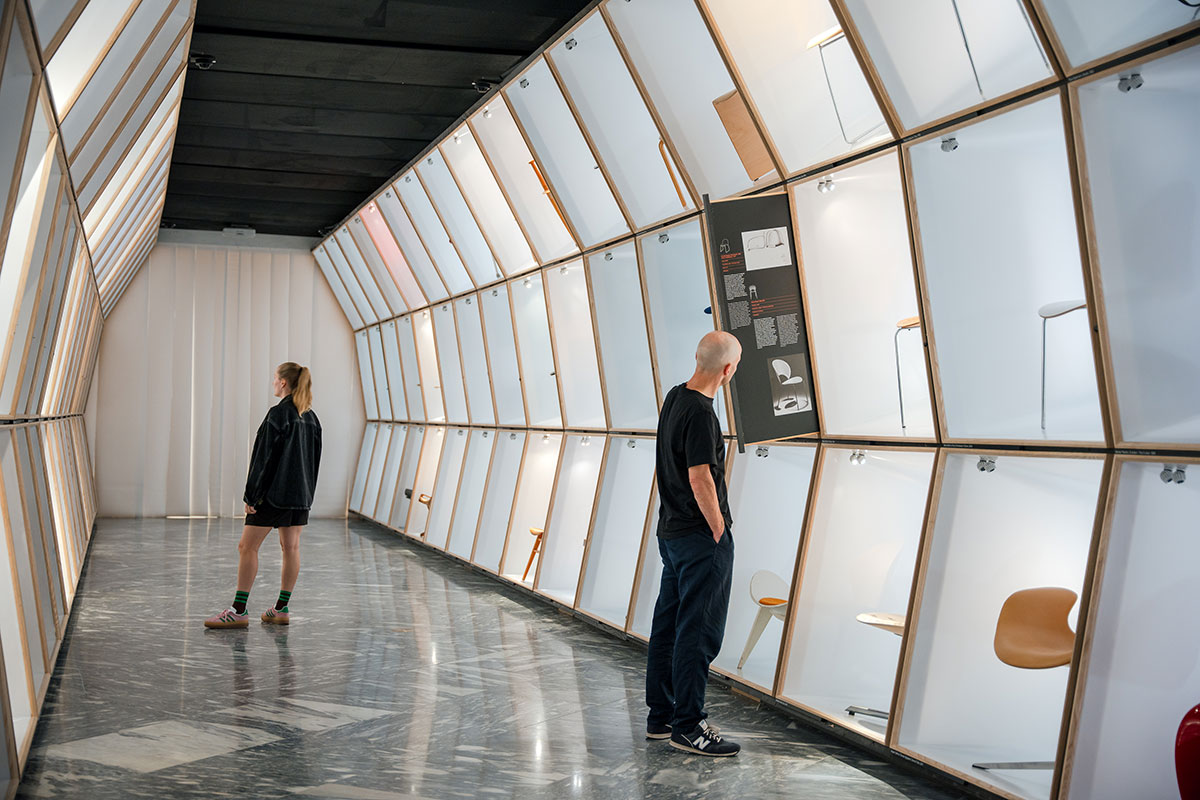
A farewell to the cluttered home
The modernists viewed the cluttered living rooms of the time with heavy furniture, velvet curtains, carpets, plants, and loads of trinkets as examples of everything wrong with design and decoration. Danish Modern thus became their revolt against the ‘style confusion’ they believed prevailed until the 1920s.
The exhibition Danish Modern invites the audience on a design journey from the furniture professor Kaare Klint’s ‘Room for a Lady’ to Finn Juhl’s organic and elegant furniture to Verner Panton’s and Nanna Ditzel’s avant-garde pop designs: In short, a fascinating journey through everything we now know as Danish design icons mixed with unknown designs by famous designers.
Danish chairs from floor to ceiling
Danish Modern also brings back the popular ‘chair tunnel’ in a new larger version with 125 chairs, both highlights and unknown chairs, from floor to ceiling, telling the story of how Danish furniture is based on historical types from other countries. The chair tunnel is like a family tree of chairs’ relationships and includes chairs by both Danish and international designers – Hans J. Wegner, Arne Jacobsen, Nanna Ditzel, Cecilie Manz, Charles Eames, Marcel Breuer, or Jasper Morrison.
Danish Modern on the world map – who are the designers?
The museum has created a large, completely new Danish Modern theater, a unified scenography that places the different designers in Danish and international design history. Why did Danish Modern achieve international success in 1949? Who were the individuals who shaped Danish Modern? We are presented with the designers’ personal belongings, thoughts, drawings, exhibition, and archival materials.
Experience designs by Rigmor Andersen, Mogens Koch, Ole Wanscher, Børge Mogensen, Lis Ahlman, Grethe Meyer, Kay Bojesen, Gertrud Vasegaard, Poul Kjærholm, Hans J. Wegner, Finn Juhl, Arne Jacobsen, Henning Koppel, Per Lütken, Axel Salto, Poul Henningsen, and many more.”
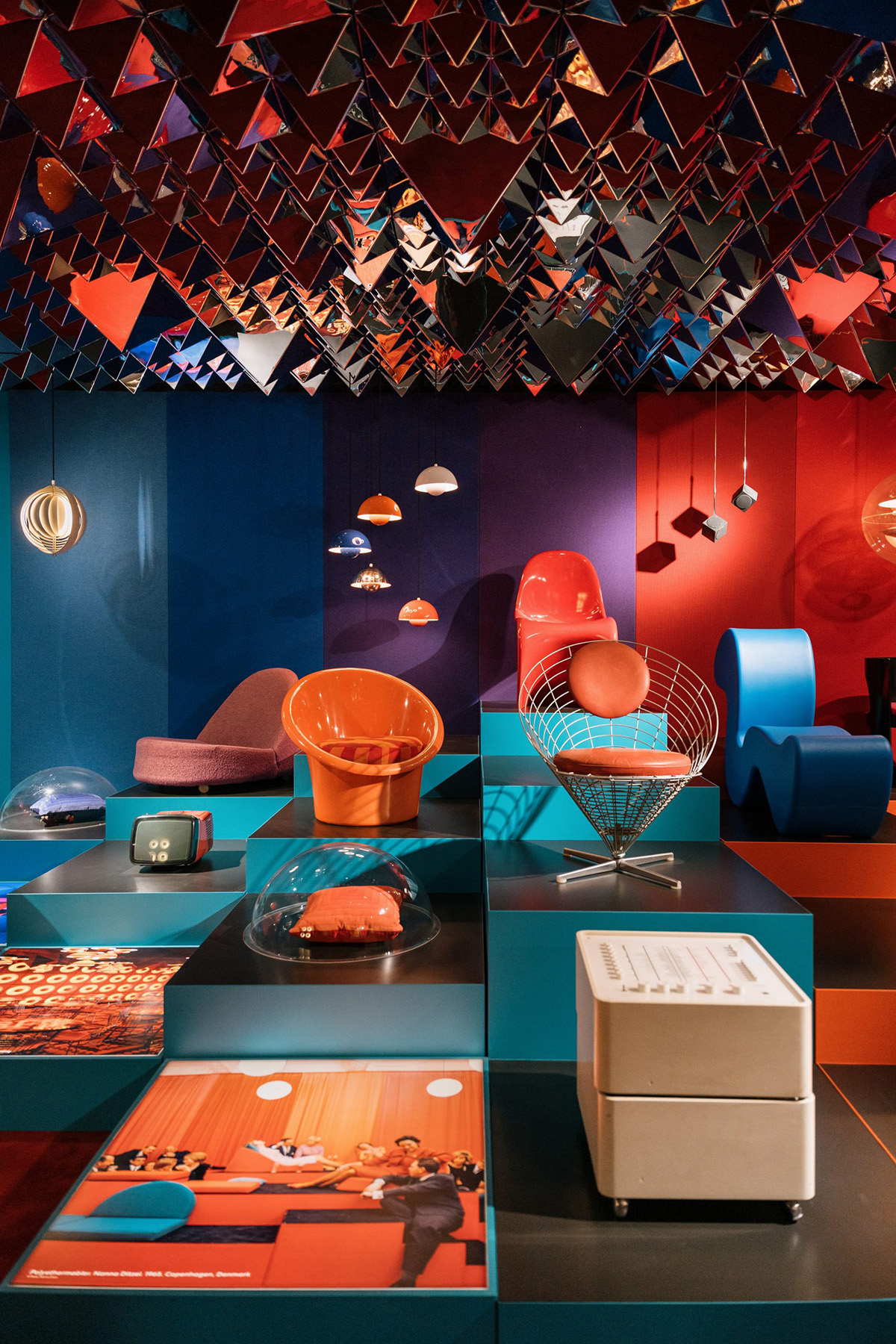
Photo: Luka Hesselberg
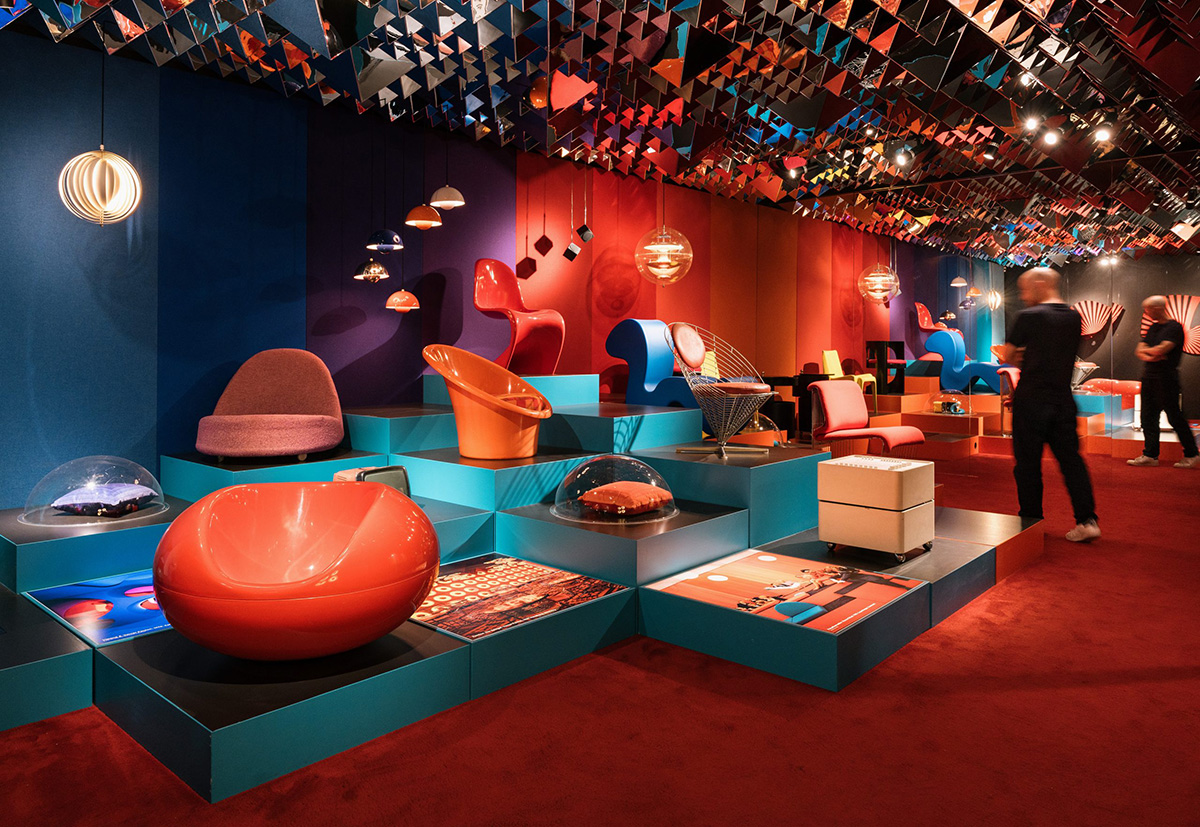
Photo: Luka Hesselberg 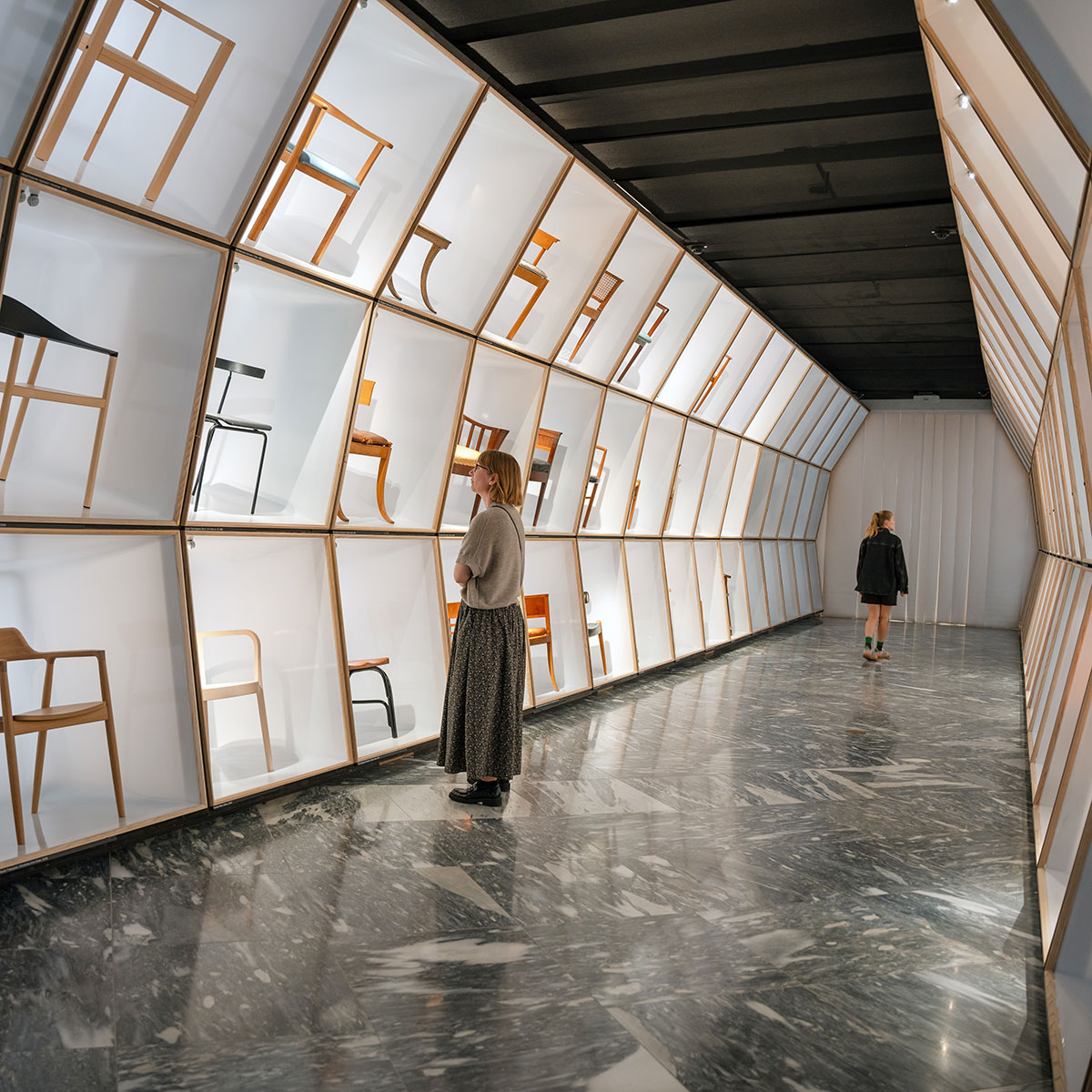
Photo: Designmuseum Danmark
Topp image photo: Luka Hesselberg

